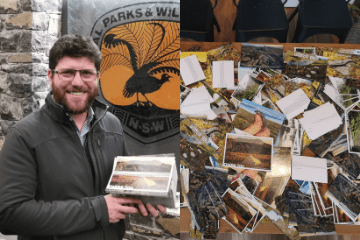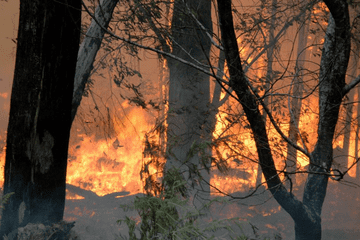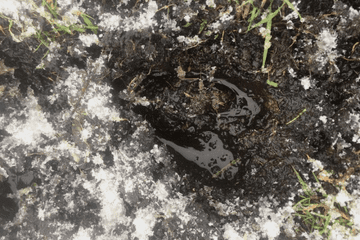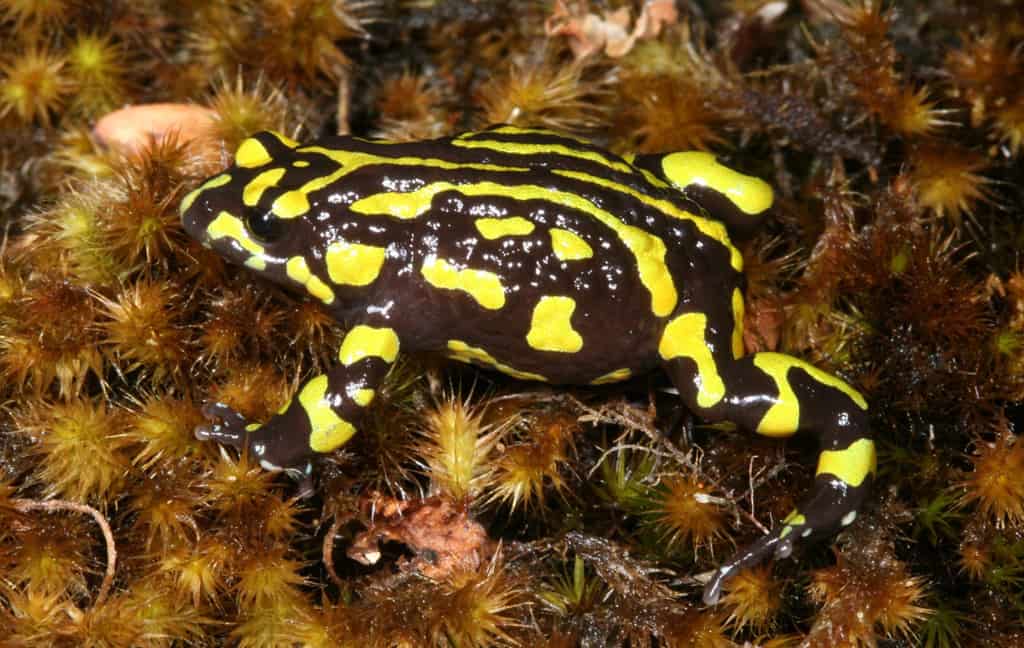
How the NSW government was intimidated into banning feral animal control in every national park in NSW
In mid-September, in response to allegations aired by a shock-jock on Sydney radio, the NSW environment minister announced a ban on all shooting operations in Kosciuszko National Park.



















